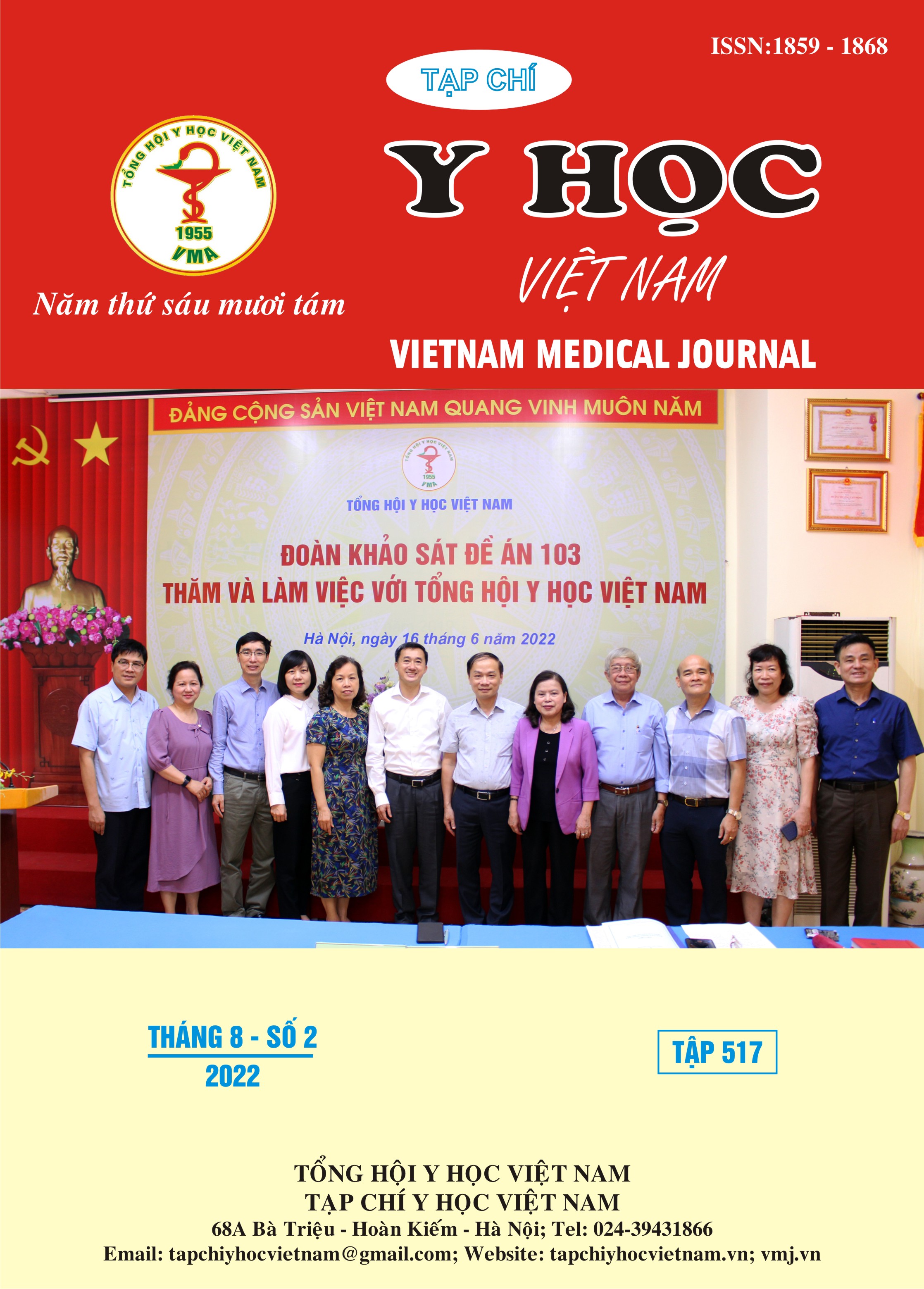DENTINE HYPERSENSITIVITY AND RISK FACTORS IN ELDERLY PEOPLE AT PHUONG LIEN WARD, DONG DA DISTRICT, HANOI CAPITAL CITY, 2022
Main Article Content
Abstract
Objectives: the study was conducted to determine the dentine hypersensitivity situation and risk factors in elders at Phuong Lien Ward, Dong Da District, Hanoi Capital City, 2022. Methodology: the study used the cross-sectional design with 424 elderly people aged 60+ years old based on a quantitative approach with a structured questionnaire and intraoral tests using the air stimuli method. Results: The proportion of dentine hypersensitivity was 48.4% and the average number of teeth with dentine hypersensitivity was 2.0 ± 3.8. The risk factors were poor dental hygiene (RR = 1.7; 95%CI = 1.4 – 2.1), worked as factory worker or office worker before retiring (RR = 1.3; 95%CI = 1.2 – 1.5), poor/near oor economic status (RR = 2.3; 95%CI = 1.8 – 3.0)
Article Details
Keywords
dentine hypersensitivity, elderly people, air stimuli
References
2. Boiko, O.V., et al., Construction and validation of the quality of life measure for dentine hypersensitivity (DHEQ). J Clin Periodontol, 2010. 37(11): p. 973-80.
3. Đinh Văn Sơn, Nghiên cứu tổn thương mòn cổ răng ở người cao tuổi tỉnh Bình Dương và đánh giá hiệu quả điều trị bằng GC Fuji II LC Capsule, in Luận án Tiến sĩ y học. 2015, Trường Đại học Y Hà Nội: Hà Nội.
4. Martínez-Ricarte, J., et al., Dentinal sensitivity: concept and methodology for its objective evaluation. Med Oral Patol Oral Cir Bucal, 2008. 13(3): p. E201-6.
5. Tống Minh Sơn, Nhạy cảm ngà răng ở cán bộ Công ty Than Thống Nhất, tỉnh Quảng Ninh. Tạp chí Nghiên cứu Y học, 2012. 80(4): p. 77-80.
6. Que, K., et al., A cross-sectional study: non-carious cervical lesions, cervical dentine hypersensitivity and related risk factors. J Oral Rehabil, 2013. 40(1): p. 24-32.
7. Scaramucci, T., et al., Investigation of the prevalence, clinical features, and risk factors of dentin hypersensitivity in a selected Brazilian population. Clin Oral Investig, 2014. 18(2): p. 651-7.
8. Trần Ngọc Phương Thảo, Mô tả tình trạng, tỷ lệ nhạy cảm ngà và một số yếu tố nguy cơ ở thành phố Hồ Chí Minh, in Luận án Tiến sĩ y học. 2013, Trường Đại học Y Hà Nội: Hà Nội.
9. Đỗ Thị Thu Hương, et al., Thực trạng nhạy cảm ngà trên nhân viên công ty HANVICO – Hà Nội Tạp Chí Y học Việt Nam, 2022. 1: p. 512.


